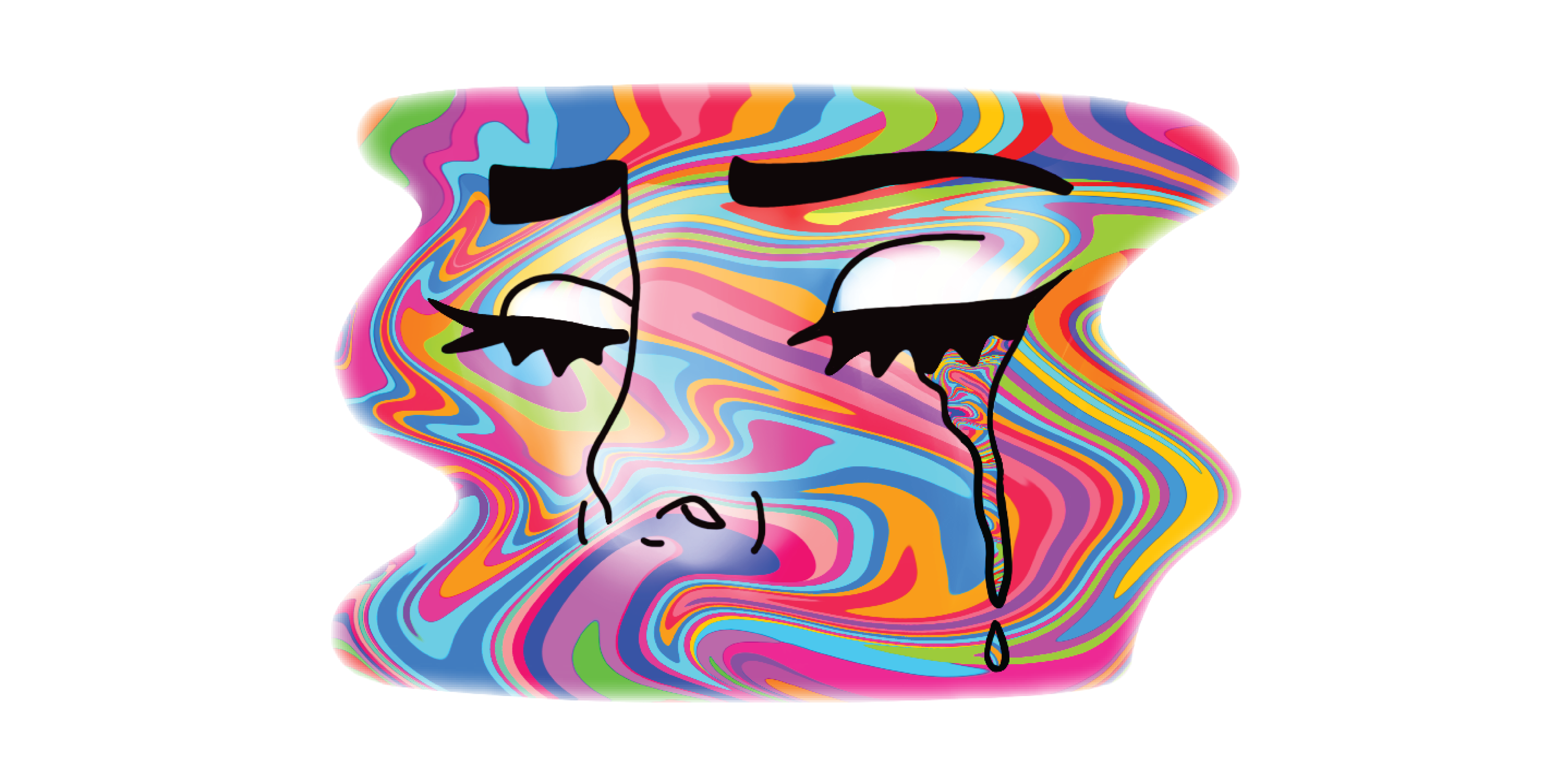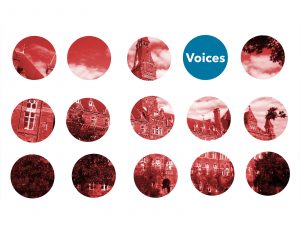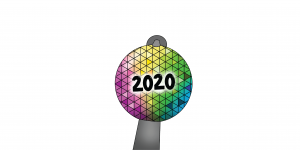“Psychedelics are to the study of the mind what the microscope is to biology and the telescope is to astronomy,” transpersonal psychology pioneer Dr. Stanislav Grof said. A substantial contingent of psychologists and scientific researchers, Grof included, believe there are unplumbed depths to the potential of psychedelic-assisted treatment, specifically MDMA (“ecstasy” or “molly”), psilocybin (found in magic mushrooms), and mescaline (derived from peyote cacti), mainly for PTSD, depression, and anxiety. Over a dozen “psychedelic clubs” have sprung up at universities across the country, with students aiming to reopen the cultural discussion about these substances. These organizations, coupled with scientific results, will be responsible for rectifying the conservative attitude toward psychedelics.
A current leader in the field, Rick Doblin, founded the Multidisciplinary Association for Psychedelic Studies in 1986 and spent decades developing data to convince the FDA of the validity of these treatment methods. The current model Doblin puts forth involves three doses of MDMA, with each dose followed by three counseling sessions. The trips last hours, and counselors carefully guide the patient through the experience by asking questions aimed at targeting the root cause of their problem. Doblin believes this method of macro-dosing is more successful than the extended use of smaller doses. In one of his studies about PTSD patients, after 12 months, 68 percent of the group that received these doses of MDMA no longer suffered from PTSD, compared to a 23 percent success rate for the control group.
The need for advanced treatments is painfully evident. According to the U.S. Department of Veterans Affairs, veteran suicides exceeded 6,000 every year from 2008 to 2017 (16.8 per day in 2017), attributed to PTSD. Suicide in the general population has risen to the second-leading cause of death for those aged 10-34, attributed to depression, anxiety and more. Many of those who live with depression require daily doses of medication that alter their mood and can have damaging side effects: increased risk of internal bleeding, insomnia, and bad drug interactions with lithium, which is used to treat bipolar disorder.
This is not the first time the medical field has dedicated itself to proving the viability of these more experimental treatment options. In the 1950s and ’60s, psychedelics were actively used to achieve a variety of results: promoting mental health, conducting research on treatment for trauma and depression, and fostering a sense of connection outside oneself to combat apathetic tendencies associated with some mental illnesses. When these substances, most notably LSD but also mescaline, leaked out of the labs, the hippie counterculture of the anti-Vietnam War movement began to use the drugs recreationally. The U.S. government overreacted, quickly criminalizing psychedelic drugs both in recreational spaces and laboratories, and MDMA began to drop from therapeutic practices as well. The result was a half-century setback in research to alleviate some of the most damaging plagues to American society.
An essential component to developing a strong foundation for future studies and treatments are initiatives on college campuses, both professional efforts and university-sanctioned extracurriculars. Beginning in 2014 with the club at the University of Colorado Boulder, other club chapters have spread as far as UC Santa Barbara and Harvard University, as well as unaffiliated clubs at Princeton, UPenn, and more. With passionate groups of students devoted to the study and discussion of psychedelic substances, these clubs provide a forum for them to openly discuss psychedelic experiences. The clubs’ existence aims to de-stigmatize psychedelic use and dispel misinformation, especially among the age group most inclined to use (and abuse) illicit substances. At the same time, they educate members and advocate for research into the medicinal benefits of these substances, as well as instituting harm-reduction efforts. According to a 2017 poll, the percentage of people in favor of research into psychedelics for medicinal use increased with higher levels of education, a 23-point difference between those with some high school education or a high school diploma and those with postgraduate degrees.
Psychedelics as a whole carry a complicated history. Conservative attitudes in the late ’60s followed by Nixon’s 1971 declaration of a War on Drugs—since then widely accepted as unsuccessful—turned public opinion against further research. Educational initiatives and an increasing number of studies with promising results are beginning to shift the tide. The psychedelics club at CU Boulder, for instance, has sought to explicitly counter this historical narrative, describing its mission as focusing on the “redefinition of our cultural relationship to psychedelic substances. A failed War on Drugs has littered the narrative field with propaganda, stigma, and bad policy.”
Two elements of the club’s safety measures include substance testing and “trip-sitting,” where they provide supervision to guard against potentially dangerous drug experiences. One analysis of MDMA revealed a vast majority of the product was cut with methamphetamines. Safety-promoting efforts like this one, with a genesis in the student community, have the potential to radically alter the stereotype of irresponsible youth drug use and are the doorway to a culture where the properties of psychedelics can be fairly evaluated alongside those of “conventional” medicines. The club has also focused on creating a space for students to discuss their experiences without judgement. More clubs engaging in these activities, coupling a scientific with a social approach, could give rise to a broad-based support movement and change the way we engage in these conversations today.
Universities also continue to be an important link in the professional research chain of psychedelic substances. Last September, Johns Hopkins University received $17 million in donations to construct a Center for Psychedelic and Consciousness Research, following a similar effort at Imperial College London that led to the first such center worldwide. Centers like these at elite research universities lend legitimacy to the “alternative” approaches for which college students and researchers alike advocate.
Even these advances fail to convince some prominent skeptics. According to the New York Times, Guy Goodwin, who teaches psychiatry at Oxford, remains critical of these approaches and reportedly wrote, “Timothy Leary was a research psychologist before he decided the whole world should ‘Turn on, tune in, and drop out.’ It is best if some steps are not retraced.” Goodwin draws on the cautionary tale of Leary’s research into hallucinogenic substances; his actions, seen as extreme, eventually led to his firing from Harvard and the termination of the Harvard Psilocybin Project. Hopefully the legitimacy of centers such as those at Johns Hopkins and Imperial College London will be able to shift the narrative at higher levels of scholarship, while at the same time, student organizations address the deep-rooted cultural falsities.
If the mainstream comes to accept these measures and the FDA approves therapies involving psychedelic substances, psychedelics could fundamentally change the lives of people suffering from depression and other mental illnesses. These drugs remain illegal for recreational use and the FDA only recently classified them as breakthrough treatments. A one-time, three-dose program, though not entirely without its own risks, would replace daily pills, which often have severe side effects and make people feel like lifelong patients. This needn’t be normal; instead, we could use psychedelics as a stimulus for internal examination and personal growth, an aid in helping us better understand ourselves and our connections to the world.
Cultural change is never a solely top-down process, and meaningful scientific advances will also require grassroots support. Academic institutions, where students inevitably encounter these and other substances, seem like an ideal place to begin discussions on the subject. Georgetown students should be next. With access to a medical campus and its location in an area that has at least legalized marijuana for medical use, it is a logical addition to the growing national network of students motivated to change the conversation about psychedelic treatments.
Image Credit: Allison DeRose





